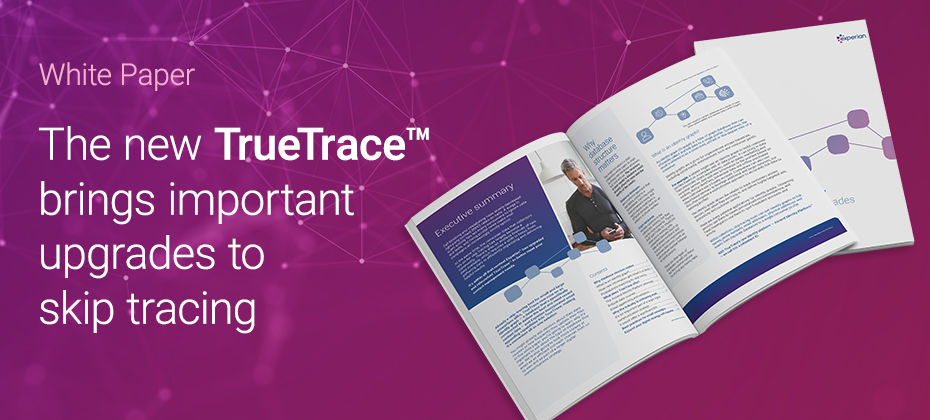 Ben Franklin was wrong. Death and taxes are not the only two constants in life. For many, debt makes a third.
Ben Franklin was wrong. Death and taxes are not the only two constants in life. For many, debt makes a third.
And where there is past-due debt, collections is not far from the conversation, if not included in the same breath. While the turn of the new year may mark some arduous work to be done – losing those holiday pounds, spring cleaning, balance transfers and tax filings – there’s also opportunity for lenders, collectors and consumers alike.
Just as the spikes in retail trends are analogous with the holiday months, there’s an evident uptick in collections during tax season year after year. As such, successful lenders, financial institutions and collections agencies know that January, February and March are critical months to engage with past-due customers, specifically as they relate to the tax season.
The average tax refund for 2016 and 2017 was $2,860 and $2,769 respectively, according to the IRS. And while some may assume that all consumers look at this money as an opportunity for a “treat yourself” splurge, 35% of consumers expecting a refund said they would use it to pay down debt, according to the National Retail Federation.
Additionally, during the 2017 tax season, 45 million consumers paid at least $500 and 10% or more of a tradeline balance(s), according to Experian data.
So, if past-due consumers want to pay down debt, and the ultimate goal of collections is to recoup over-due funds, and first quarter collections growth appears to be driven by tax refunds, how do we make the connection?
Think of the scene from Jerry Maguire – “Help me, help you!” Help consumers help themselves.
Experian’s new Tax Season Payment IndicatorTM examines payment behavior over the past two years to determine whether a consumer has made a large payment to a tradeline balance – or balances – during tax season.
“Millions of consumers used their tax refunds to pay down debt and many plan to do it again,” said Denise McKendall, Product Manager. “Collectors that leverage previous tax season payment behavior to identify and strategically engage with this group will benefit the most from the tax refund season.”
Engaging this information can be like having a collections crystal ball. Targeting consumers that are likely to use their refund to pay down debt can influence messaging, campaign refinement and the timeliness of your touchpoints, resulting in greater collections ROI.
This means as the year closes out and planning begins for 2019, collections prioritization strategy is key. And those conversations should be taking place now.
Are you tax season ready?


